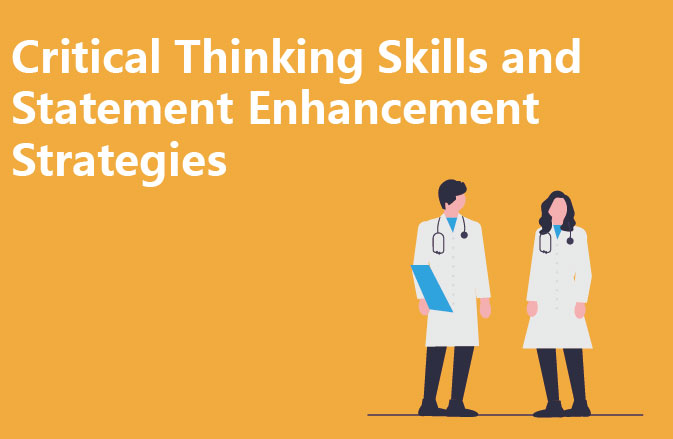What exactly does critical thinking mean?
Critical thinking is the ability to be objective and to analyse information rationally, with truthfulness and independent enquiry being key. This ability requires us to utilise logical reasoning, allowing us to become active learners rather than passive recipients of information.
The characteristics of critical thinking are highlighted by:
1. dissecting in detail; 2. questioning and asking questions; 3. evaluating and discriminating; 4. reasoning and inferring; 5. summarising and concluding. 6. keeping an open and inclusive mind.
How to achieve critical reading
First, lead your reading with questions to gain a deeper understanding of aspects of the text such as its theme, purpose, methods and limitations. Doing so will make your reading more in-depth and effective. For example:
1.What-Explore the thematic ideas of the article, as well as the findings and value of the research;
2.Why-Explore the research motivation behind the article and its applied value;
3.How-Dissect the research path, methodology and target audience adopted by the author.
On this basis, the evidence provided by the authors is then verified and screened. Ensure that the research methods, conclusions and logical reasoning in the article are error-free. The following problems can also be identified:
1. the sample is limited and it is difficult to represent the overall situation;
2. the research process is disturbed by many factors and the results are hardly convincing;
3. personal preferences and preconceptions limit the interpretation of evidence;
4. weak relevance of the evidence to the question. For these kinds of issues, they can be used as fodder for discussion in your essay (because the inadequacy of previous research spawns more research).
Third, challenge the author’s argument. Regardless of the materials or publications recommended by your teacher, and regardless of the author’s views, you need to hold your own carefully considered and established opinions and attitudes, develop your own thinking and raise questions, but your doubts must be based on actual examples rather than subjective biases or assumptions.
Fourth, systematically integrate the information you have acquired, compare and filter it. Are accurate judgements made about the differences between the opinions, results, etc. of the articles? If the views are consistent, their reliability can be reinforced, and vice versa, a detailed debate should be conducted to develop your own position.
Application of Critical Thinking in Writing
1. consult relevant materials, read critically the academic views of others, clarify your own viewpoints, and look for appropriate support for your viewpoints;
2. clearly express doubts about others’ academic views;
3. Detail the reasons for their doubts, using hard evidence wherever possible;
4. cite sufficient and accurate arguments to defend their views;
5. Acknowledge in the essay the limitations of your own and others’ research in the field.
In short, “make a point – list and cite literature – validate your point and continue to list and cite literature – analyse in depth to validate your point – make a brief summary”.




